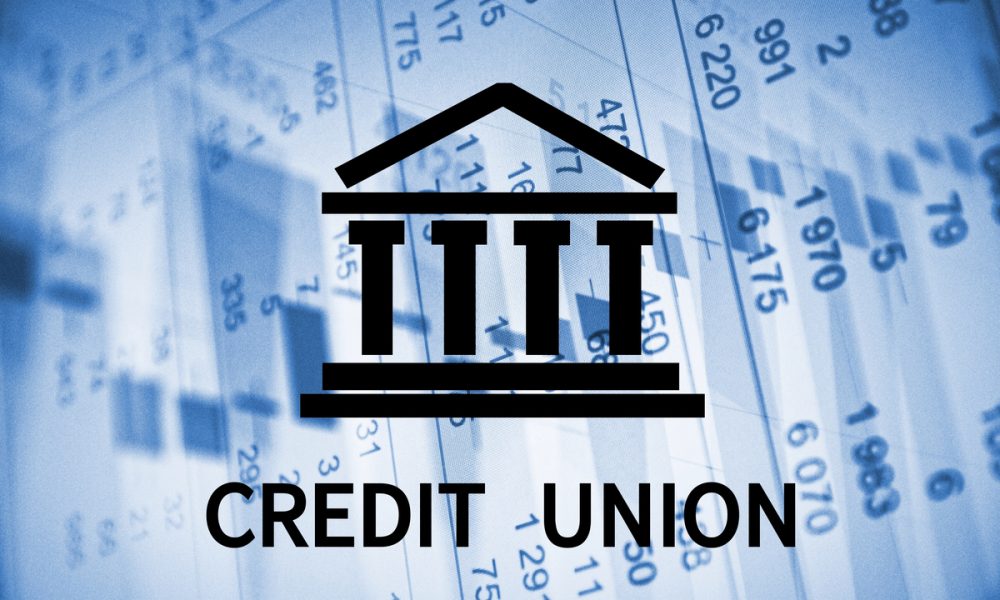Sports betting math- How parlay odds are computed accurately?

Parlay betting attracts sports enthusiasts with its promise of substantial payouts from relatively small wagers. These multi-leg bets combine several individual selections into one ticket, with each selection needing to win for the parlay to succeed. The mathematical principles governing parlay calculations create the dramatically higher odds that make these bets appealing despite their increased difficulty. The multiplication method forms the foundation of parlay odds computation. Bettors checking https://luxury777win.com/ discover that true parlay odds derive from converting each selection to decimal format and multiplying these values together. This mathematical approach accounts for the compounding nature of risk across multiple events, creating accurate representations of the statistical probability involved in winning combination bets.
Decimal conversion process
American odds must first undergo conversion to decimal format before parlay calculations can precede. Positive American odds convert by dividing the number by 100 and adding 1 (e.g., +150 become 2.5). Negative American odds require dividing 100 by the absolute value of the number and adding 1 (e.g., -200 becomes 1.5). These decimal equivalents represent the total return per unit wagered, including the stake amount. Decimal multiplication directly yields the combined parlay odds once each selection undergoes conversion. A Multiplying these values (2.0 × 1.67 × 3.0) produces a decimal odds value of 10.02, meaning a $10 wager would return $100.20 including the original stake. Bookmakers apply slight adjustments to true mathematical odds through correlation factors and vigorish. These modifications ensure profitability regardless of outcome distribution across various possible bet combinations. The house edge varies between operators but typically reduces true odds by 5-10% depending on market competitiveness.
Probability fundamentals
- Implied probability calculations derive from converted decimal odds by dividing 1 by the decimal value (e.g., odds of 2.0 imply a 50% win probability)
- Each added selection multiplies the difficulty by combining individual probabilities (three 50% selections together have only a 12.5% chance)
- Correlated outcomes receive additional odds adjustments to prevent exploitation of related events
- True independent events mathematically justify full odds multiplication while related events require reduction factors
These probability principles explain why parlays offer much higher payouts than single bets. The mathematical improbability of winning multiple selections creates the justification for increased rewards. This risk-reward relationship grows exponentially with each leg added to a parlay ticket.
Same-game adjustment factors
Modern parlays often include correlated selections from the same event, requiring specialized mathematical treatment. Traditional parlay odds multiplication assumes independent events where one outcome doesn’t influence another. When selections show correlation (like a team’s moneyline and the over/under in the same game), proper odds calculation demands adjustment factors. Correlation coefficients measure the statistical relationship between different outcomes within the same event. These mathematical values quantify how much one result influences another, allowing bookmakers to adjust parlay odds accordingly. Positive correlations reduce parlay odds while negative correlations might actually increase them depending on the specific bet combination.
The mathematical foundations of parlay odds computation balance risk assessment with reward structuring. These calculations helps bettors evaluate the true value of complicated multi-leg wagers rather than focusing solely on the attention-grabbing potential pay-outs that often mask favourable mathematics.










